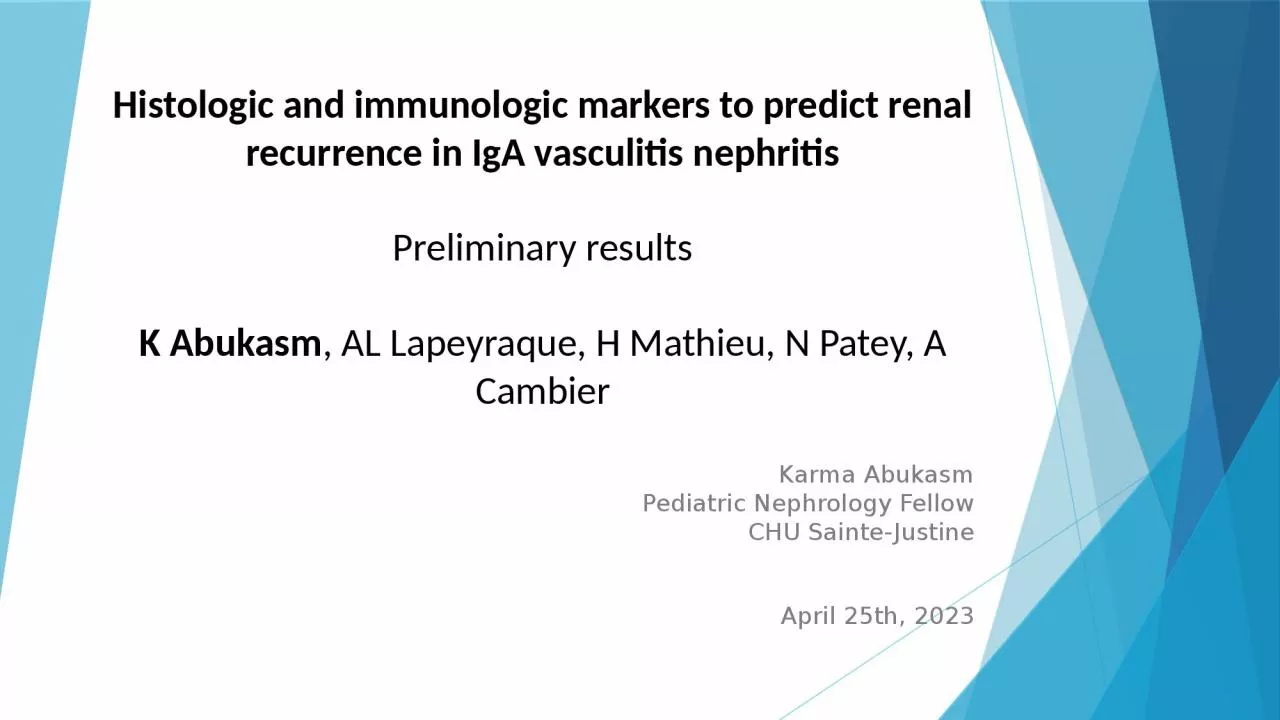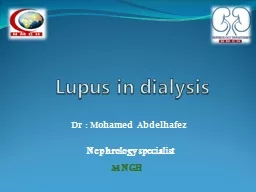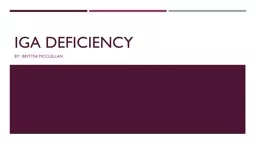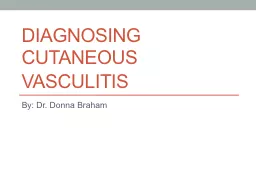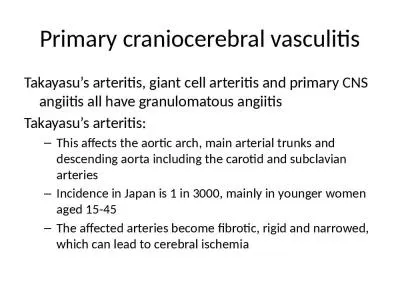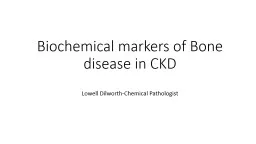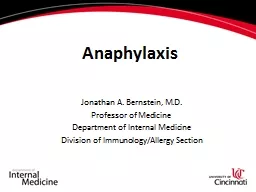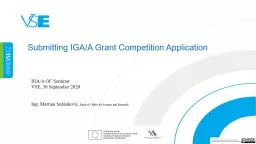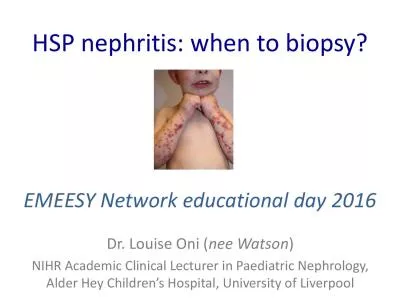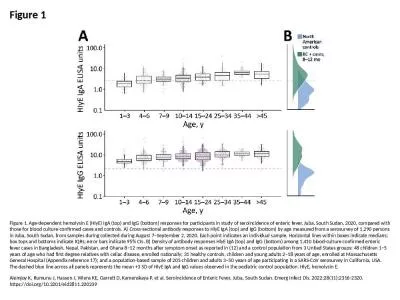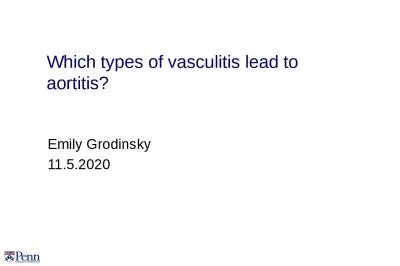PPT-Histologic and immunologic markers to predict renal recurrence in IgA vasculitis nephritis
Author : alyssa | Published Date : 2023-07-17
Preliminary results K Abukasm AL Lapeyraque H Mathieu N Patey A Cambier Karma Abukasm Pediatric Nephrology Fellow CHU SainteJustine April 25th 2023 Introduction
Presentation Embed Code
Download Presentation
Download Presentation The PPT/PDF document "Histologic and immunologic markers to pr..." is the property of its rightful owner. Permission is granted to download and print the materials on this website for personal, non-commercial use only, and to display it on your personal computer provided you do not modify the materials and that you retain all copyright notices contained in the materials. By downloading content from our website, you accept the terms of this agreement.
Histologic and immunologic markers to predict renal recurrence in IgA vasculitis nephritis: Transcript
Download Rules Of Document
"Histologic and immunologic markers to predict renal recurrence in IgA vasculitis nephritis"The content belongs to its owner. You may download and print it for personal use, without modification, and keep all copyright notices. By downloading, you agree to these terms.
Related Documents

